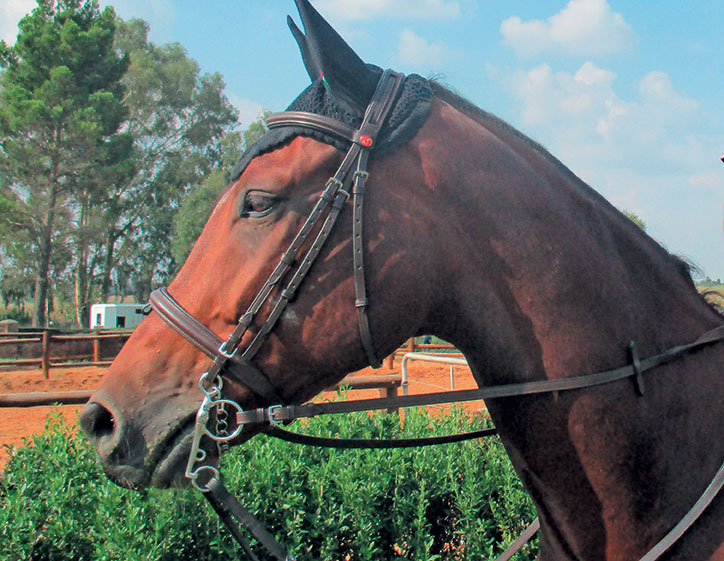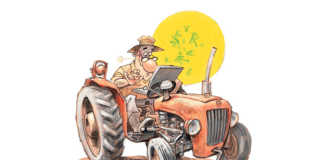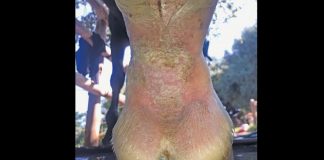
Photo: Dr Mac
Supposedly named after a region in Hertfordshire, where fox hunting has been popular for hundreds of years, the Pelham bit acts like a double bridle.
It is favoured for a more classic style of riding, and showing classes such as working hunter, working riding horse, and show hack, as well as showjumping.
It has a mouthpiece, shanks with both purchase and lever arms, a ring for rein attachment at the bottom of the shank, and a curb chain. There is also a bit ring on either side of the mouthpiece.
The Pelham is generally used for Irish Sport Horses, warmbloods and Arabians, which all have mouths with short bars.
What makes it special is that it’s the only single bit used with two sets of reins. The top rein is attached to metal rings on each side of the mouthpiece and its action is like that of a snaffle, putting pressure on the bars of the mouth and lifting the head.
The mouthpiece can be jointed, solid (Mullen mouth), or have a slight port.
The second rein is attached on each side to the shanks of the bit; when pulled, it engages the curb chain.
This provides leverage through the cheek pieces of the bridle and puts pressure on the horse’s poll. To gain relief from this pressure, the horse lowers its head and TALKarches its neck, becoming more collected and easier to control.
When a rider uses only the top rein, it acts like a snaffle bit and is comfortable for the horse.
An expert rider with soft hands can collect a show horse into a good frame and make it highly responsive to leg aids using a Pelham.
In essence, good riding means pushing a horse into the bit using one’s back muscles, seat and legs.
The bridle is only there to adjust the way the horse holds its head and keeps its body balanced.
Ideal for gaining more control
In contrast to show classes, riding at a hunting pace with other horses across the countryside can overexcite a horse. It starts tossing its head and is likely to bolt or become unbalanced over jumps.
As the rider feels this happening, he or she can engage the Pelham’s lower rein and collect the horse, gaining more control. If the horse refuses to settle down, more severe pressure using both reins has the effect of an emergency brake.
Children’s ponies
It is also possible to use only one set of reins on a Pelham, as in polo, where a Y-shaped bit connector is buckled onto both sets of rings on each side.
Polo players ride one-handed, and double reins are difficult to handle; the single rein keeps firm control of the horse’s head during sudden turns and stops.
A Pelham bit with a single rein is often used on children’s ponies as it gives the rider better control. Children have small hands and cannot cope with two reins in each hand. As a snaffle bit is very mild, it is easy for a strong pony to pull the reins out of the child’s hands.
Dr Mac is an academic, a practising equine veterinarian and a stud owner.










